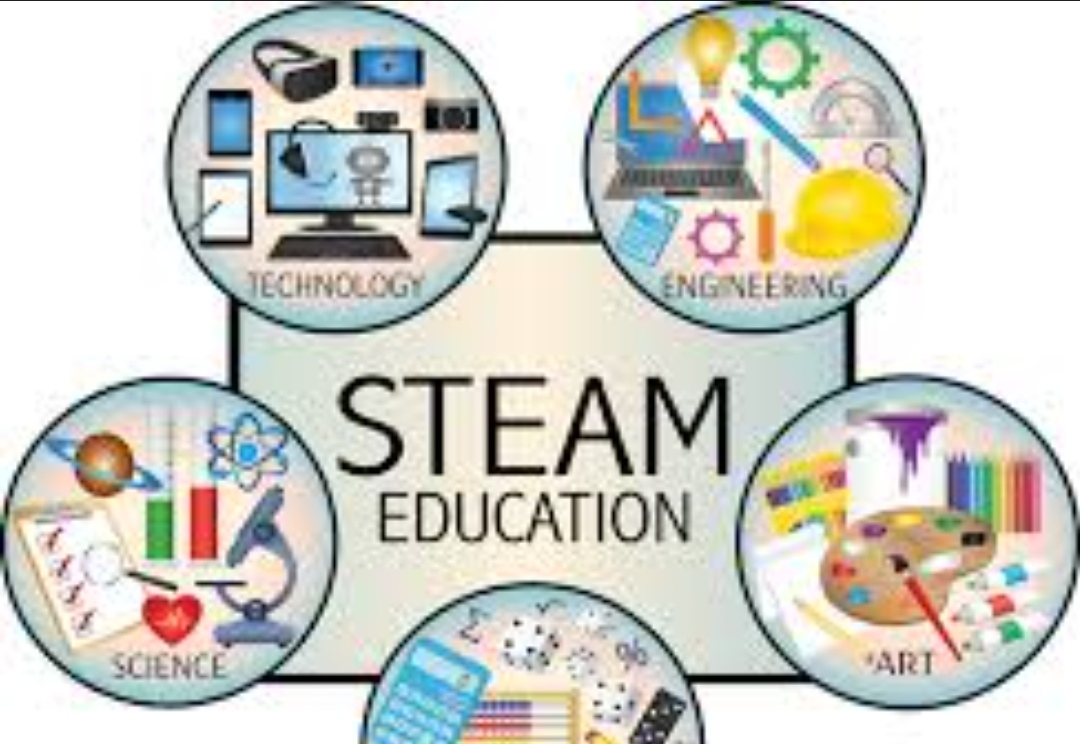Teaching STEAM (Science, Technology, Engineering, Arts, and Math) is an innovative approach to education that fosters creativity, critical thinking, and problem-solving skills. By integrating these disciplines, students gain a holistic understanding of the world and develop the skills needed for the future.
Incorporating science encourages students to ask questions, make observations, and conduct experiments. Technology provides the tools for research and problem-solving, while engineering teaches them to design, build, and optimize solutions. The arts encourage creativity and self-expression, allowing students to communicate complex ideas through various mediums, fostering a well-rounded perspective.
Mathematics forms the foundation of STEAM, providing the numerical and analytical skills necessary for scientific inquiry and engineering design. When combined, these disciplines empower students to address real-world challenges in a multidisciplinary way.
STEAM education prepares students for a rapidly changing job market, where cross-disciplinary skills are highly valued. It promotes innovation, collaboration, and adaptability, nurturing the future leaders and problem-solvers. By integrating these areas of study, educators equip students with the tools to excel in an interconnected, technology-driven world




